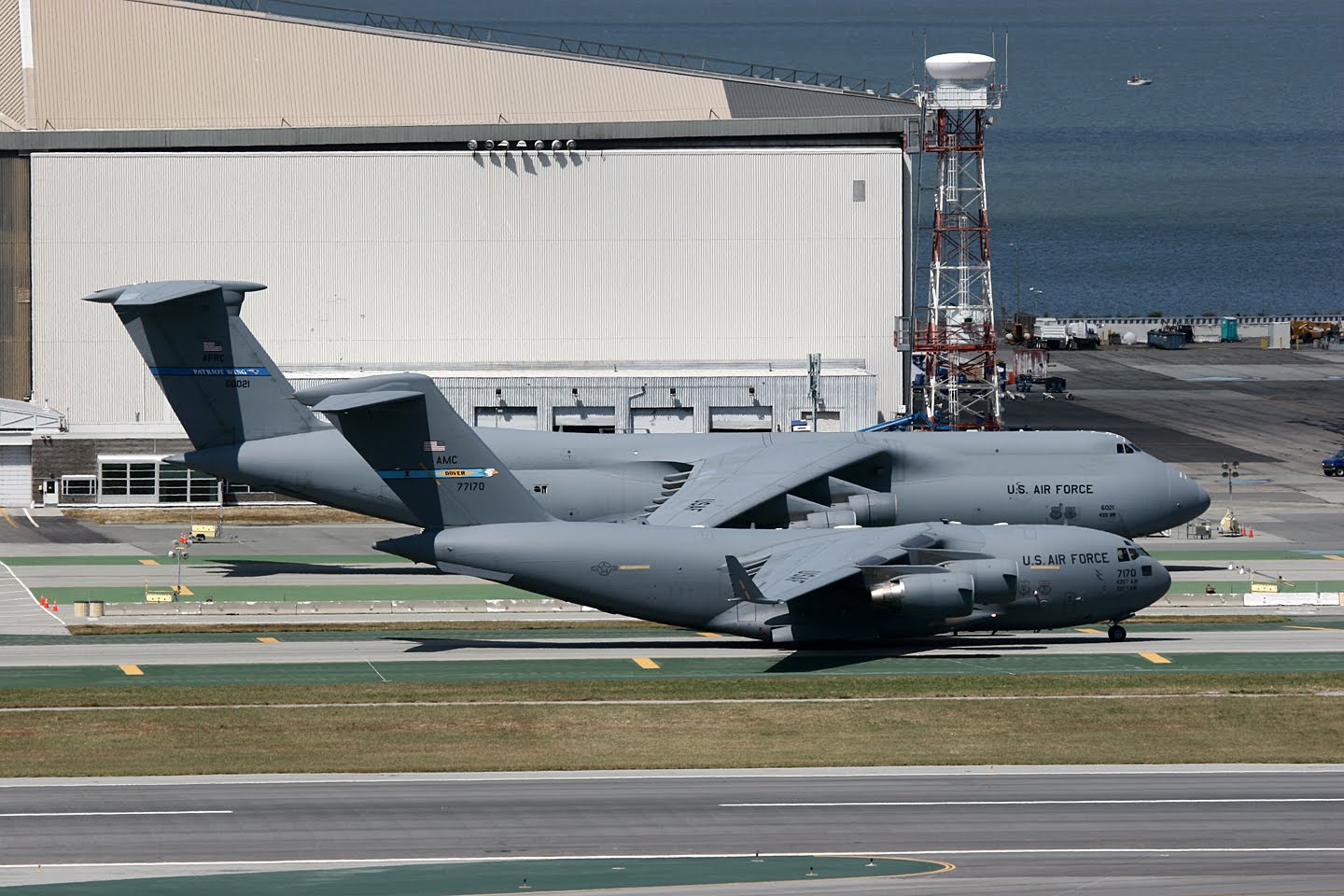The world of military aviation is filled with advanced technology and formidable aircraft capable of transporting troops and equipment across vast distances. Among these giants of the sky, the C5 Galaxy and C17 Globemaster III stand out as two of the most prominent heavy-lift aircraft in service today. Each aircraft boasts unique capabilities and specifications that make them suitable for different operational needs. In this article, we will explore the various aspects of the C5 Galaxy and C17, comparing their features, performance, and operational roles to help you understand which aircraft reigns supreme in the realm of military transport.
Both the C5 Galaxy and C17 are designed to meet the logistical needs of the United States Air Force (USAF) and allied forces. With their impressive cargo capacities, both aircraft have proven essential in humanitarian missions, disaster relief, and combat support operations. However, as we delve deeper into their specifications and performance metrics, we will unveil the strengths and weaknesses of each aircraft in various scenarios. Our comparison will provide insights into how each aircraft has evolved over time and the specific missions they are best suited for.
As we embark on this journey to uncover the intricacies of the C5 Galaxy and C17, it is essential to consider the broader implications of their design and operation. Military transport aircraft play a critical role in maintaining global readiness and ensuring that troops and resources are deployed wherever and whenever they are needed. Understanding the differences between the C5 Galaxy vs C17 will not only shed light on their individual capabilities but also highlight the importance of having a diverse fleet of military aircraft to meet the varying demands of modern warfare.
What are the Key Specifications of the C5 Galaxy?
The C5 Galaxy, developed by Lockheed Martin, is one of the largest military transport aircraft in the world. Here are some of its key specifications:
- Length: 247 feet (75.7 meters)
- Wingspan: 222.9 feet (67.9 meters)
- Height: 65.1 feet (19.8 meters)
- Cargo Capacity: Up to 280,000 pounds (127,000 kg)
- Maximum Speed: 570 mph (917 km/h)
- Range: 8,000 miles (12,875 km) with a full load
What are the Key Specifications of the C17 Globemaster III?
The C17 Globemaster III, manufactured by Boeing, is renowned for its versatility and efficiency in military transport. Here are some of its key specifications:
- Length: 174 feet (53 meters)
- Wingspan: 169.8 feet (51.7 meters)
- Height: 55 feet (16.8 meters)
- Cargo Capacity: Up to 170,900 pounds (77,519 kg)
- Maximum Speed: 518 mph (833 km/h)
- Range: 2,400 miles (3,862 km) with a full load
How Do the C5 Galaxy and C17 Compare in Terms of Cargo Capacity?
When it comes to cargo capacity, the C5 Galaxy holds a significant advantage over the C17. The C5 can transport oversized cargo, including military vehicles, helicopters, and large equipment, thanks to its gargantuan size and innovative cargo-loading system. The C17, while smaller, is still capable of carrying a substantial load and is often favored for its ability to operate in more austere environments.
What Are the Operational Roles of the C5 Galaxy?
The C5 Galaxy primarily serves as a strategic airlift aircraft, designed to transport large quantities of personnel and equipment over long distances. Its operational roles include:
- Strategic airlift of heavy cargo
- Humanitarian assistance and disaster relief
- Support for joint military operations
What Are the Operational Roles of the C17 Globemaster III?
While the C17 also serves as a strategic airlift aircraft, its design allows for flexibility in various operational environments. The C17 is known for:
- Rapid strategic airlift of troops and cargo
- Ability to operate from short and unpaved airstrips
- Support for humanitarian and disaster relief missions
Which Aircraft is More Versatile: C5 Galaxy vs C17?
Versatility is a crucial factor when evaluating military transport aircraft. The C17 Globemaster III has been widely recognized for its agility and ability to operate in diverse environments, making it suitable for both combat and humanitarian missions. Its advanced avionics and operational capabilities allow it to land on shorter runways and in challenging weather conditions.
On the other hand, the C5 Galaxy, while not as versatile as the C17, is unmatched in terms of sheer cargo capacity and range. It is particularly effective for transporting large military hardware and supplies over long distances, making it indispensable for logistics in major operations.
What Are the Maintenance and Operational Costs for Each Aircraft?
Maintenance and operational costs are essential considerations for military aircraft. The C5 Galaxy has historically faced higher maintenance costs due to its age and complexity of systems. However, recent upgrades have improved its reliability and reduced some of these costs.
The C17 Globemaster III, being a newer aircraft, generally has lower maintenance costs and higher operational availability. Its design allows for easier maintenance procedures, contributing to its attractiveness for military operations.
What Are the Future Prospects for the C5 Galaxy and C17?
As military needs evolve, both the C5 Galaxy and C17 are expected to undergo upgrades and modifications to enhance their capabilities. The C5 is set to receive further life-extension programs to ensure it remains operationally viable, while the C17 fleet is likely to see improvements in avionics and efficiency to maintain its relevance in modern warfare.
Conclusion: C5 Galaxy vs C17 – Which Aircraft Prevails?
In the battle of the giants, the C5 Galaxy vs C17 presents a unique juxtaposition of capabilities. Each aircraft excels in its own right, with the C5 Galaxy dominating in cargo capacity and long-range strategic airlift, while the C17 Globemaster III shines in versatility and operational efficiency. Ultimately, the choice between these two aircraft depends on the specific mission requirements and operational contexts they are deployed in. Both aircraft continue to play a pivotal role in maintaining the logistical backbone of the United States Air Force and allied military forces, ensuring readiness and support for operations worldwide.



